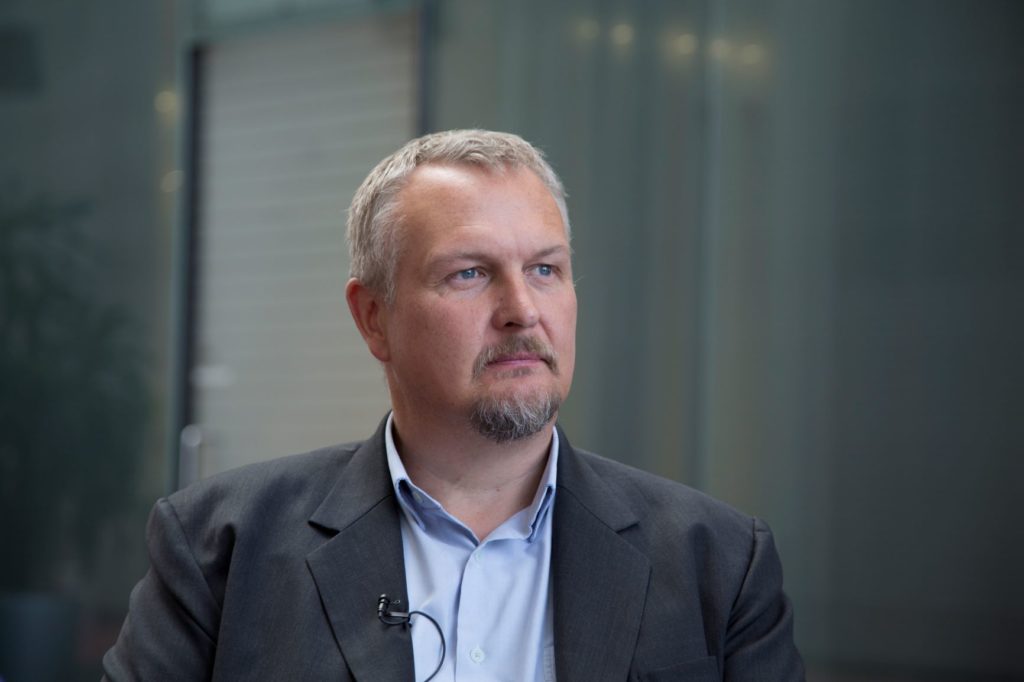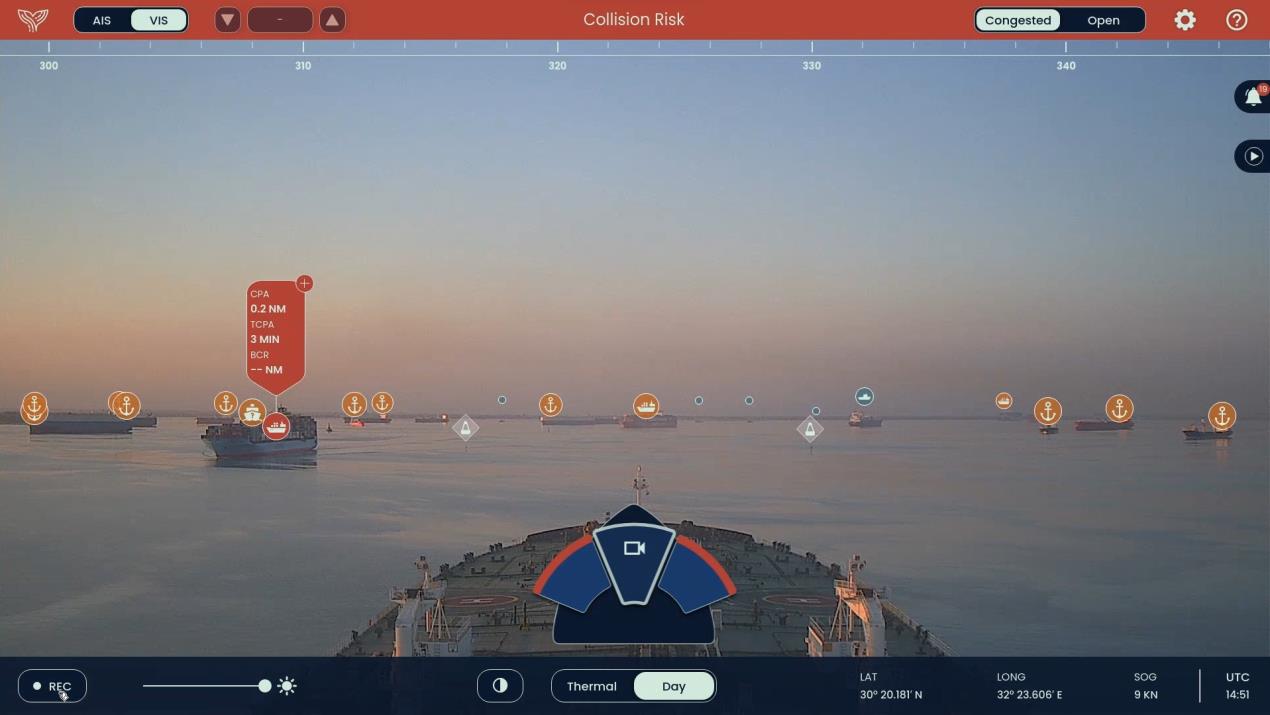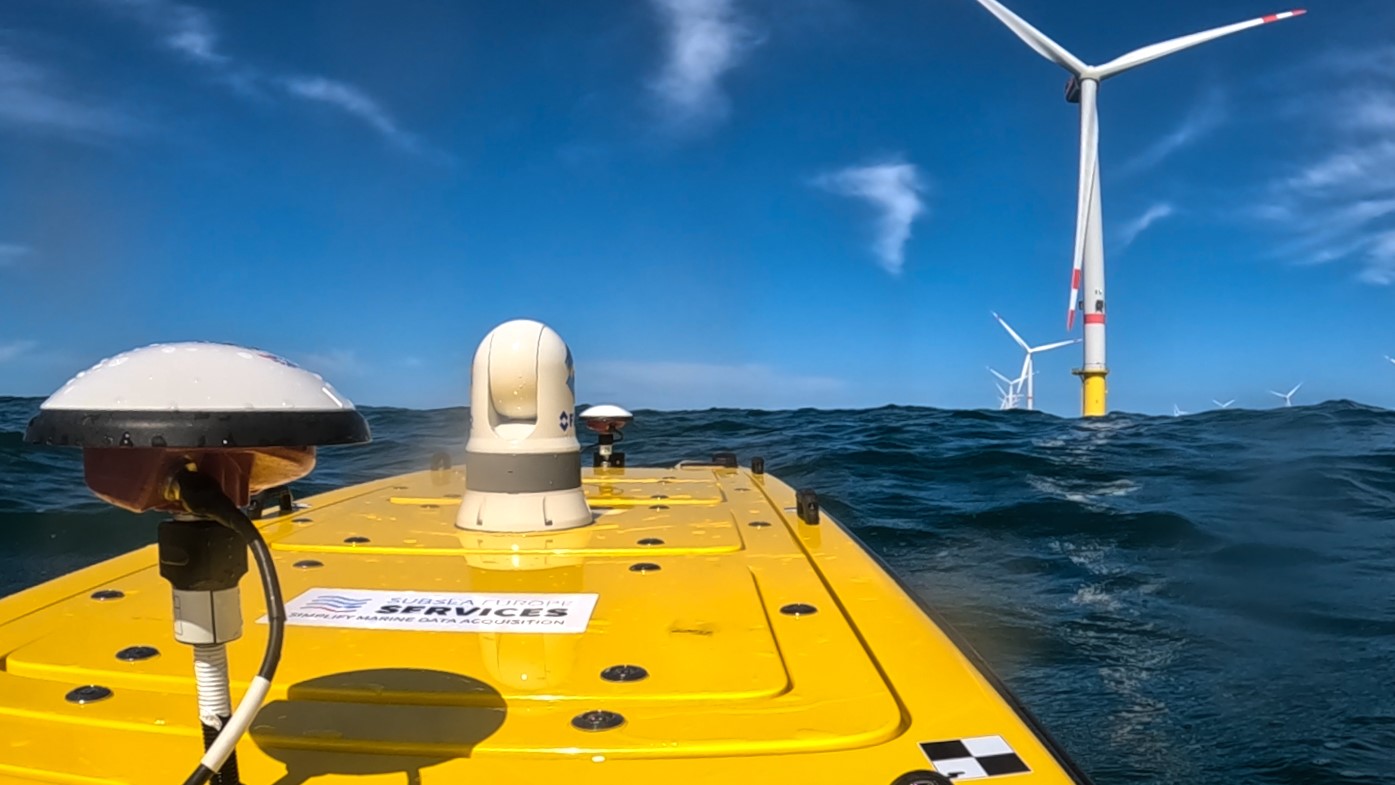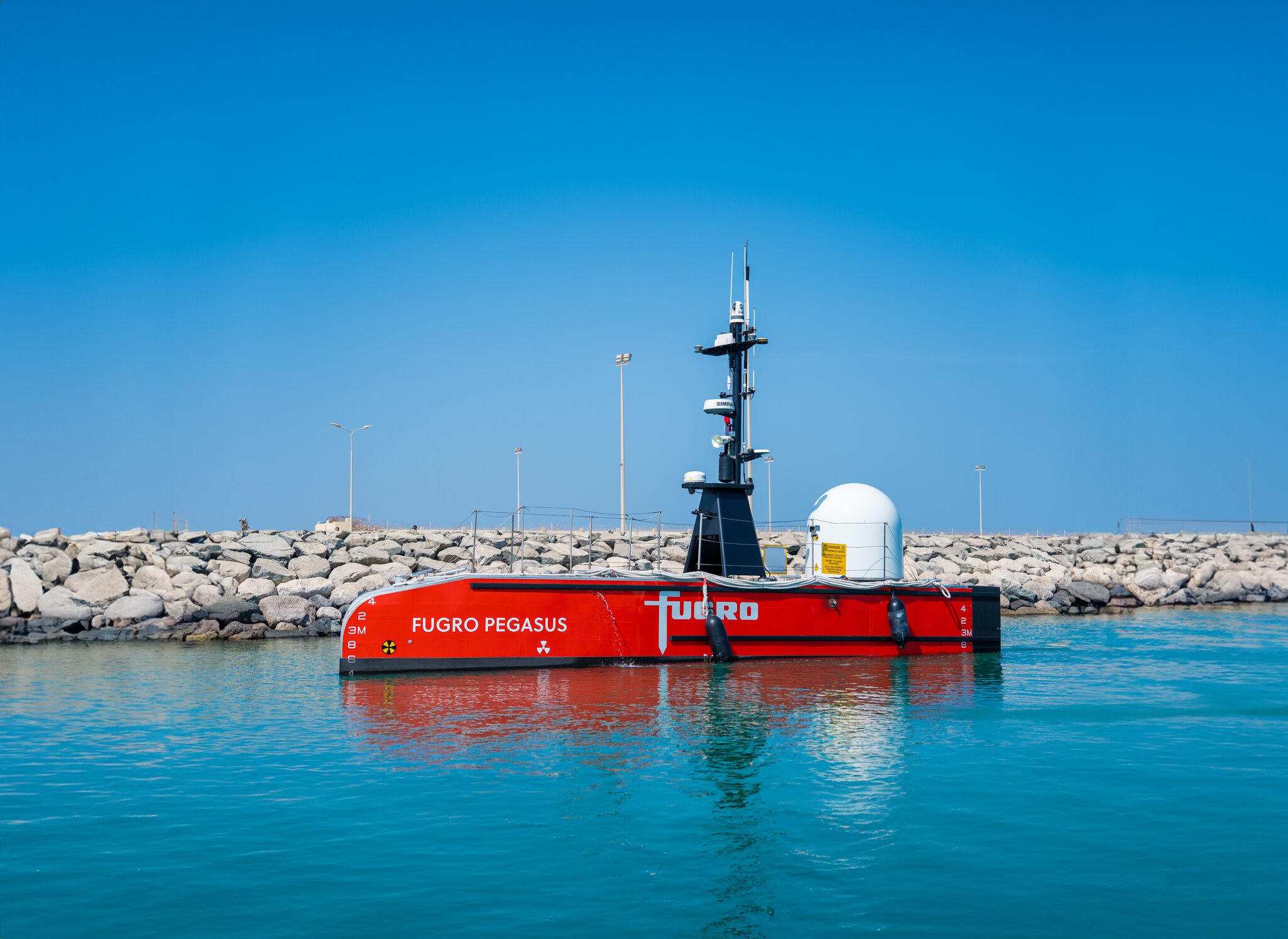Industry Announcement: As Head of Regulatory & Public Affairs, Eero Lehtovaara plays a key role at ABB Marine & Ports at a time of accelerating and increasingly diverse use of digital technologies across the maritime industries. In doing so, he brings experience as a mariner in coastal and deep-sea trades to the table, and knowledge of ship-shore digital communication amassed at ABB and from his days at ship performance monitoring specialist Eniram (now owned by Wärtsilä).
The skill sets could hardly fit better with his extra-curricular role as chairman of One Sea, the Finland-based industry alliance aiming to develop an autonomous maritime ecosystem by 2025. Appointed in January this year, Lehtovaara has set out to develop the One Sea autonomous ship agenda and its international membership base to ensure that the fruits of its labours resonate at the global level.
There are many fantastic opportunities and just as many major challenges relating to automation in shipping, he believes.
One Sea has already come a long way since it was set up in 2016. An ecosystem hosted by Finnish DIMECC (a digital, internet, materials and engineering co-creating ecosystem), it has already attracted as members a string of blue-chip names including ABB, Cargotec, Ericsson, Inmarsat, Kongsberg and Wärtsilä. And, in a major development celebrated earlier this year, Japan’s Monohakobi Technology Institute, NYK’s wholly owned research subsidiary, joined the ranks.
Clarification needed
Lehtovaara has identified several key challenges that must be addressed for shipping’s digital journey to continue efficiently. The first of these seems simple but, in practice, is far from it. It boils down to terminology.

“We need to decide and agree on some definitions,” he said. “People mix up terms like autonomous operation, remote operation, autonomy. These are different technologies but the terminology often gets used as though they’re the same thing. What they do have in common, however, is that they are intended to support seafarers in ship operation thereby improving safety and raising efficiency.
“We can do almost anything with the digital technologies that are available today and we’ve already seen both remote and autonomous operations completed successfully at a local level,” he continued. “This is a great technological achievement but it’s not what we’re talking about.
We have to differentiate between international commercial trade carried out under the auspices of the IMO and its regulations; and coastal shipping where domestic trade operates under a national jurisdiction. The timescales and applications of the latest technological advances are entirely different in these two environments and must not get confused.
“My concern is that if we who are engaged in shipping every day don’t understand or can’t agree on terminology, how can we expect regulators to understand what we’re talking about? It becomes a puzzle that might never be solved,” he declared. “It would be so much easier to communicate with customers, flag states, class societies and eventually the IMO if we are all talking about the same thing.”
Collaboration required
A second challenge could well prove to be a harder nut to crack. Partly linked to the question of definitions, Lehtovaara believes that standardisation is a key requirement for digital development across the marine sector. As things stand, shipping is split into many different interest groups, he says, giving the example of a bridge system manufacturer who traditionally has little in common with an engine control system manufacturer. Both must now talk the same language with the same voice, he said.
“As an industry, we need to figure out how to talk to the IMO effectively with one voice,” he said. “To do this, we must look at our own business and bring different interest groups together around the same table. We need international standards which are acknowledged by all maritime authorities such as the US Coast Guard and the European Union, for example. We must have common standards and rules that do not conflict.”
This is essential if shipping is to be able to communicate effectively and enable the proven benefits of digitalisation to become available not only in countries’ own coastal trades but, crucially, in the deep-sea sector too, said Lehtovaara. Therefore, he sees one vital aspect of One Sea’s future role as a facilitator for commonality between different interest groups.
Key industry associations include the International Chamber of Shipping, BIMCO, Sea Europe, the International Association of Classification Societies, the International Union of Marine Insurers, the Nautical Institute (of which he is a Fellow) and the International Council on Combustion Engines.
Setting an example
He sees the collaboration that is evident between One Sea members as a blueprint for what could be achieved in a wider shipping context. Although some of the organisation’s members compete fiercely with each other in a commercial context, their collaboration within One Sea works very well.
“There are clear unspoken (as well as spoken) rules about what can be discussed and what can’t,” Lehtovaara said. “Individual company lawyers may get a bit concerned but, in practice, the cooperation between our members works surprisingly well. We are all veterans of the shipping industry and we have a common goal.”
Lehtovaara also sees the One Sea collective as a means of demystifying shipping’s digitalisation process. He explained that automation is not an alternative way of operating ships; he stresses again that it is a supplementary portfolio of systems that raise efficiency, enhance safety, enable improved decision-making both ashore and afloat, and potentially lighten the seafarer’s workload.
Although the technologies are developing fast, the concepts are not new. And he points to radar, unmanned engine rooms, electronic charts, autopilots and integrated bridge navigation systems as waypoints on shipping’s technological voyage to date.
Summarising his priorities, the One Sea Chairman said: “I want to see a better understanding of what we’re all talking about so that we can all cooperate in the development of automated marine traffic from a regulatory point of view. I’d like One Sea the play a greater role in the global discussion. And I’d like One Sea to align and unify shipping’s trade associations and member groups so that we can communicate to everyone more effectively.”


































